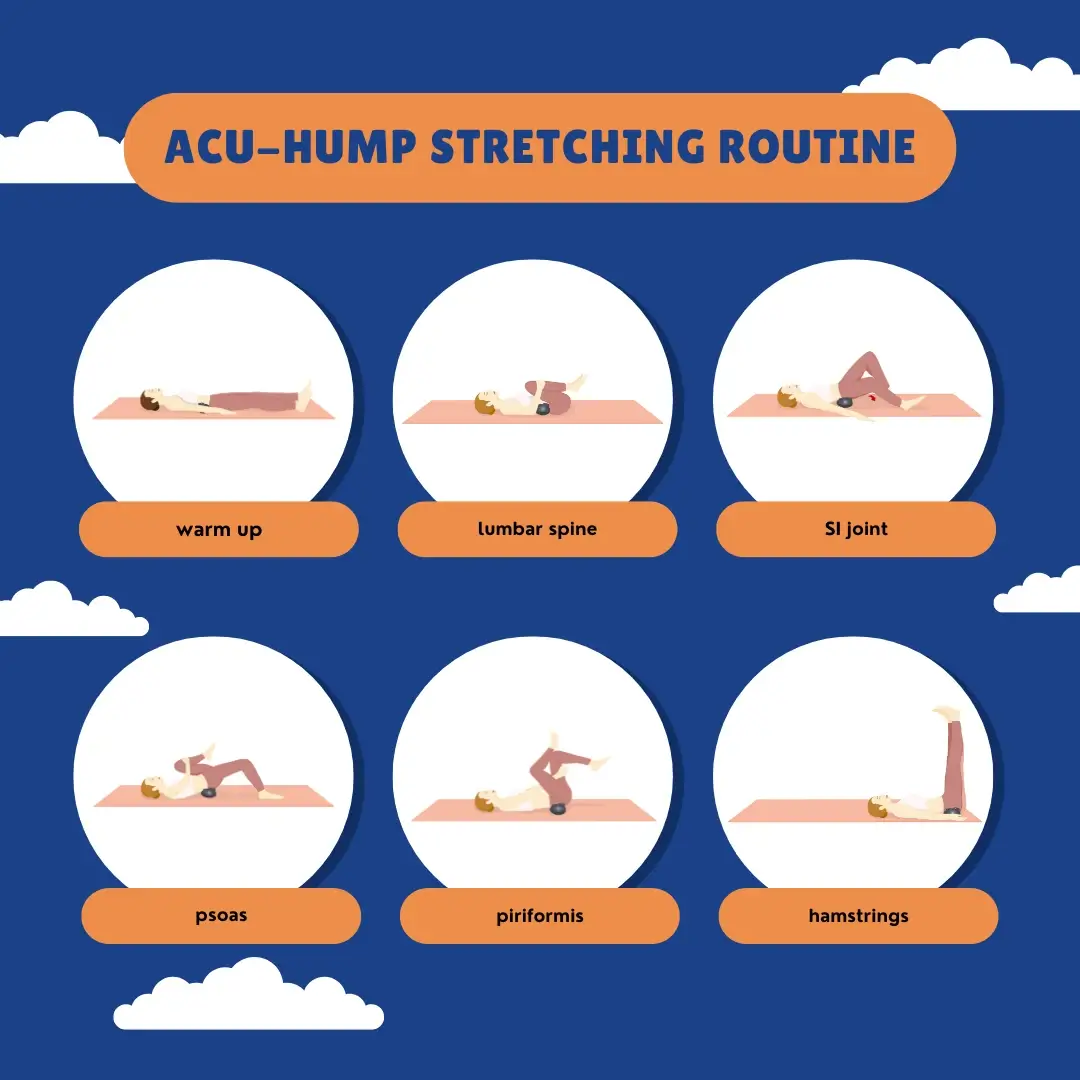High hamstring tendinopathy and piriformis syndrome are two conditions that can cause significant pain and discomfort in the hip and leg area. It is essential to understand the symptoms, causes, and treatment options of these conditions to prevent further complications.

In this article, we will provide an in-depth discussion of high hamstring tendinopathy and piriformis syndrome, including their definitions, causes, symptoms, and treatment options. We also discuss the effectiveness of the Acu-hump device as a solution for releasing tension in the piriformis and hamstring muscles during stretches.
At the end of the article a stretching-manual PDF can be downloaded
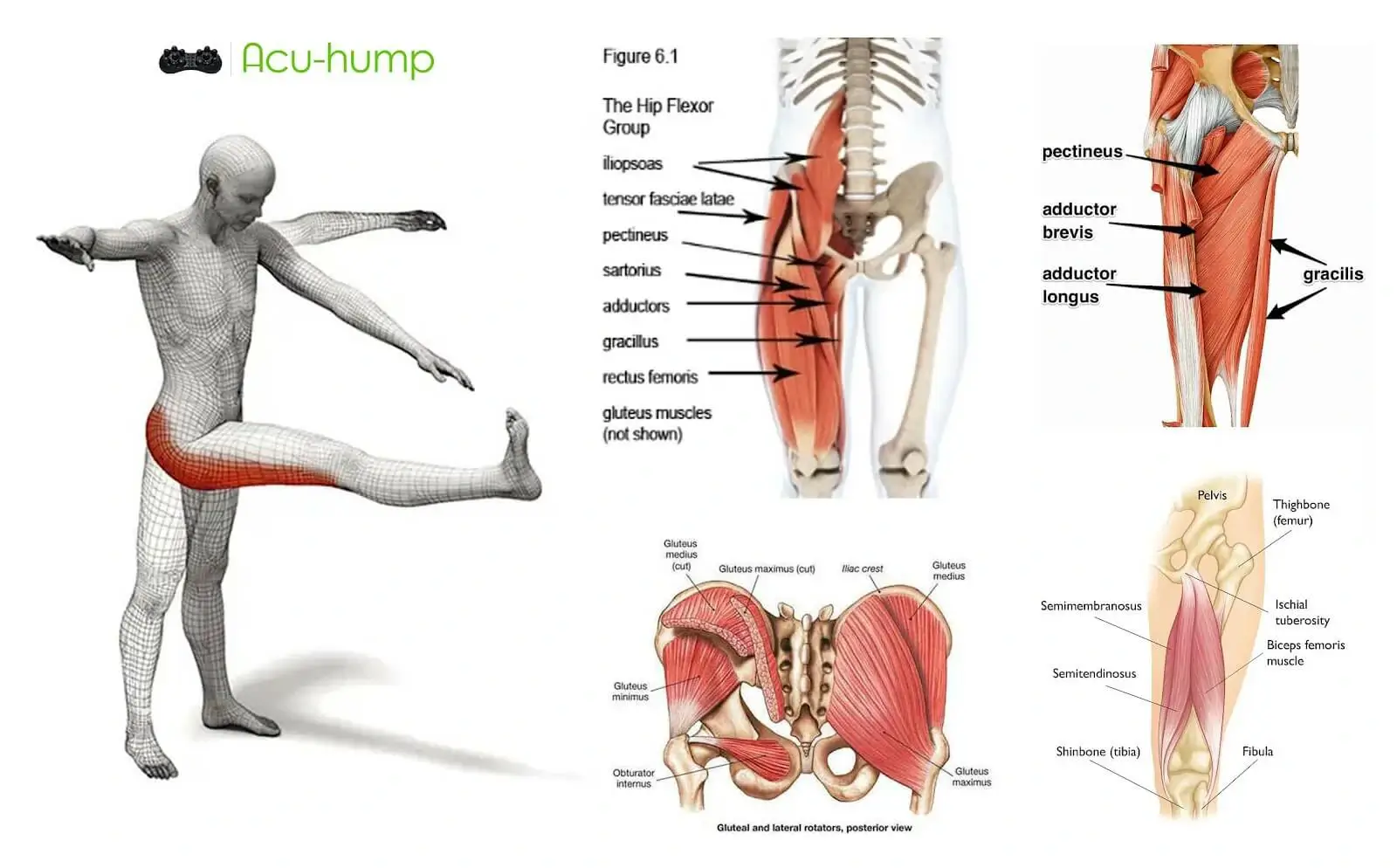
What is High Hamstring Tendinopathy?
High hamstring tendinopathy is a condition that affects the tendons located at the top of the hamstring muscles, where they attach to the ischial tuberosity (the bony prominence at the base of the pelvis). It is a common injury among athletes, especially those involved in sports requiring repetitive movements, such as running or jumping.
Now that we understand what high hamstring tendinopathy is, let’s explore its symptoms.
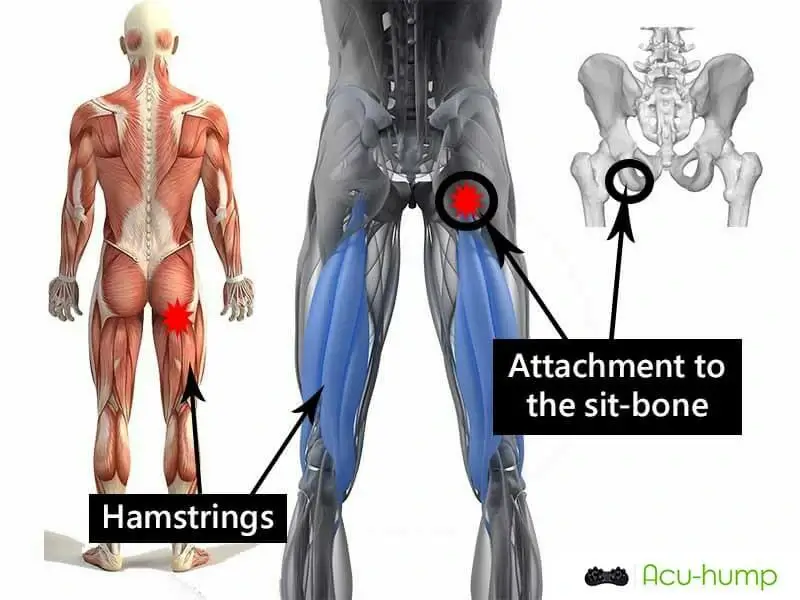
What are the Symptoms of High Hamstring Tendinopathy?
The symptoms of high hamstring tendinopathy can vary in severity and presentation. However, some common symptoms include:
1. Pain and discomfort in the buttock area: People with high hamstring tendinopathy often experience pain deep within the gluteal muscles. This pain can be localized, radiating down to the back of the thigh.
In addition to buttock pain, there are other symptoms commonly associated with high hamstring tendinopathy.
2. Pain during activities that engage the hamstring muscles: Engaging in activities that involve stretching or contracting the hamstring muscles, such as running, cycling, or even sitting for extended periods, can trigger pain and discomfort in the area.
3. Tenderness and swelling: The affected area may feel tender to the touch, and swelling can be present around the ischial tuberosity.
4. Limited range of motion: Individuals with high hamstring tendinopathy may experience difficulty in fully extending the hip or flexing the knee.
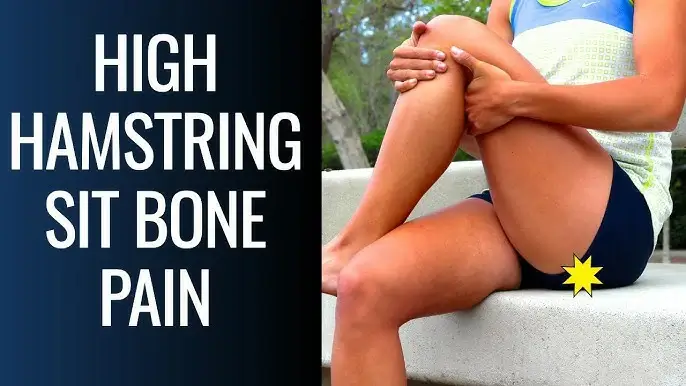
Chronic High Hamstring Tendinopathy Treatment
Understanding the symptoms of high hamstring tendinopathy is crucial in recognizing and seeking appropriate treatment for this condition.
Physical therapy is the most commonly used treatment for high hamstring tendinopathy. The aim of physical therapy is to improve flexibility, strength, and endurance of the affected muscles.
Injections may include corticosteroids, platelet-rich plasma, or prolotherapy, which aim to reduce inflammation and promote healing. Surgery is usually the last resort for severe cases, where the tendon is significantly damaged. The surgical options may include tendon repair, debridement, or removal of the damaged area.
Exercises to Avoid with High Hamstring Tendinopathy
During the recovery process of high hamstring tendinopathy, it is crucial to avoid exercises that may aggravate the condition. Activities such as heavy-weighted squats, lunges, and deep forward bends should be avoided as they can put excessive strain on the hamstrings.
Instead, focus on low-impact exercises that promote strengthening and flexibility without causing further stress to the affected area, such as swimming, gentle biking, and modified yoga poses.
What is Piriformis Syndrome
Piriformis syndrome is a condition characterized by the compression of the sciatic nerve in the buttock area. This condition typically occurs due to the contraction, spasm, or inflammation of the piriformis muscle. The symptoms of piriformis syndrome include pain, tingling, and numbness in the hip and leg area.
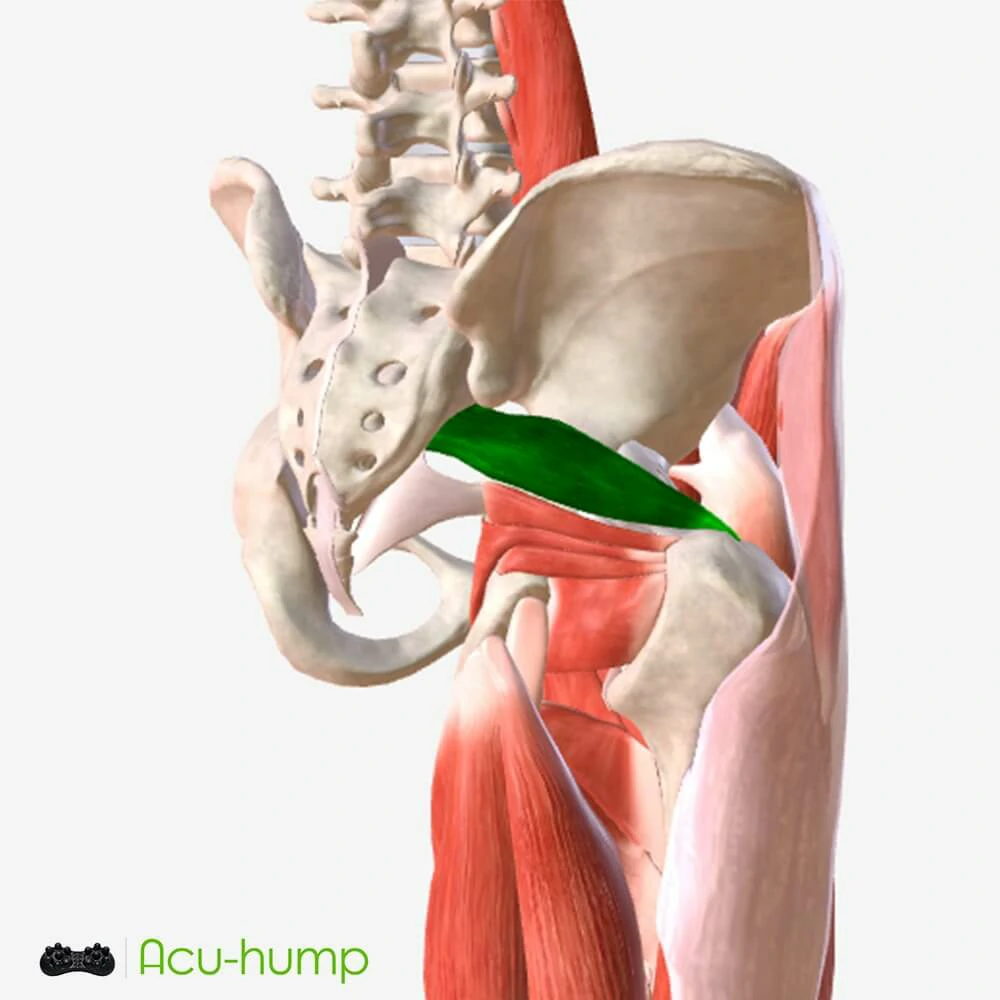
Treatment options for piriformis syndrome include rest, physical therapy, medication, and surgery.
Rest is an essential component in the treatment of piriformis syndrome to reduce inflammation and promote healing.
Physical therapy can involve exercises to strengthen the hip and leg muscles, stretching, and positional changes to reduce the pressure on the sciatic nerve.
In some cases, the medication can be prescribed to reduce inflammation, pain, and muscle spasms. Surgery is usually reserved for severe cases where conservative treatments are not effective.
Differences and Similarities
High hamstring tendinopathy and piriformis syndrome have some similarities in symptoms and treatment options, but their causes are different. Both conditions cause pain and discomfort in the hip and leg area, which can make it difficult to perform daily activities. Treatment options for both conditions include physical therapy and surgery, but the nature of these treatments differs depending on the underlying cause.
High hamstring tendinopathy is caused by overuse or injury to the hamstring muscles, while piriformis syndrome is usually caused by the compression of the sciatic nerve. Because of these differences in causes, the location of symptoms is different between the two conditions.
High hamstring tendinopathy causes pain in the lower buttock area, while piriformis syndrome causes pain in the hip, buttock, and leg areas.
Acu-hump as a Solution
The Acu-hump is a device that provides a massage stretch for the hamstrings and piriformis muscles, which can help release tension and improve flexibility. The device applies pressure to specific points in the muscle, allowing the muscle to lengthen and relax.

Acu-hump: 30-day return policy. No risk for you.
Using the Acu-hump for piriformis and hamstring release involves positioning the device under the affected area and gently bending and stretching the affected leg while applying pressure.
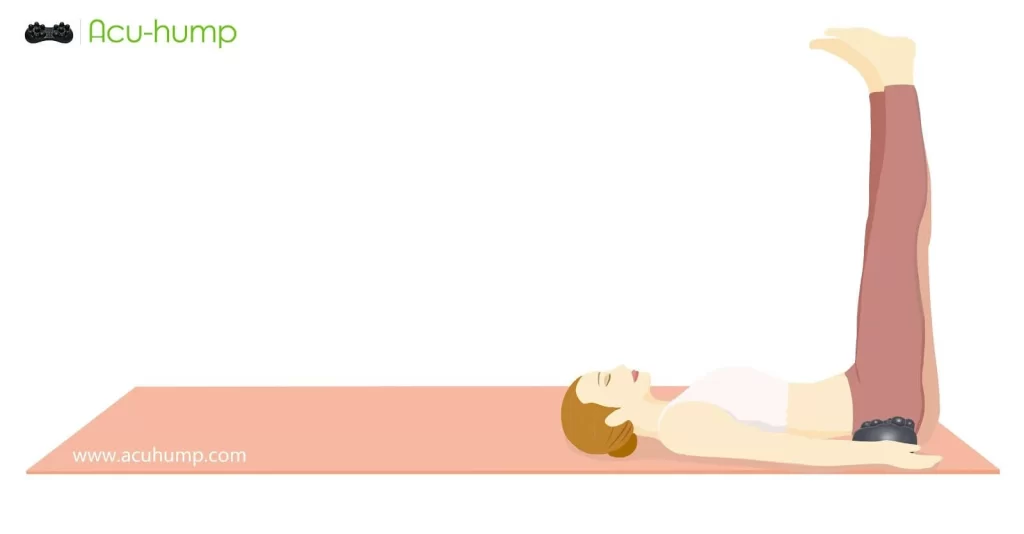
14 larger massage protrusion is more effective than a foam roller in targeting trigger points within the muscles and releasing tightness quicker.
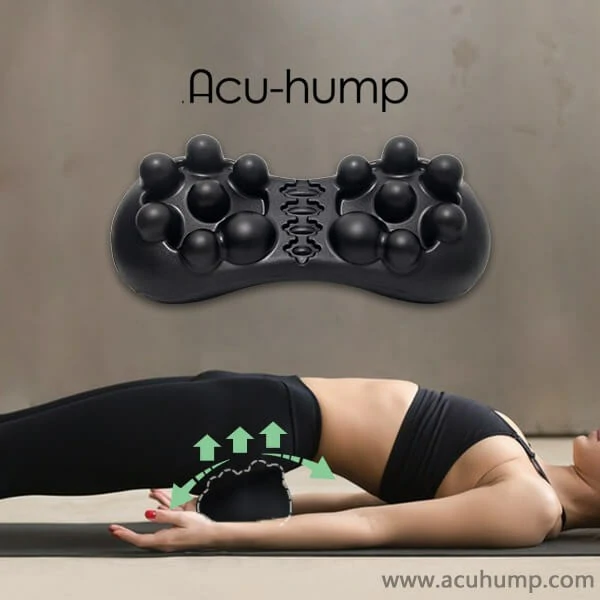
Acu-hump® Deep Massage Piriformis and Hamstrings
The Acu-hump device has several benefits, including promoting optimal muscle and joint health, alleviating pain and discomfort, and improving athletic performance. The device is easy to use and can be incorporated into a regular exercise routine. Proper guidance and technique are essential to ensure that the device is used safely and effectively.
Acu-hump® Release Your Hips and Hamstrings
In conclusion, high hamstring tendinopathy and piriformis syndrome are two different conditions that can cause significant pain and discomfort in the hip and leg area. It is essential to understand the symptoms, causes, and treatment options for these conditions to prevent further complications.
The use of the Acu-hump device as a solution for releasing tension in the piriformis and hamstring muscles during stretches is an effective technique, but it should be used with caution and under proper guidance.
Seeking medical advice and incorporating stretching and massage techniques into a regular exercise routine can promote optimal muscle and joint health and alleviate pain and discomfort.
Click to download:
Piriformis and hamstring stretching exercises PDF
